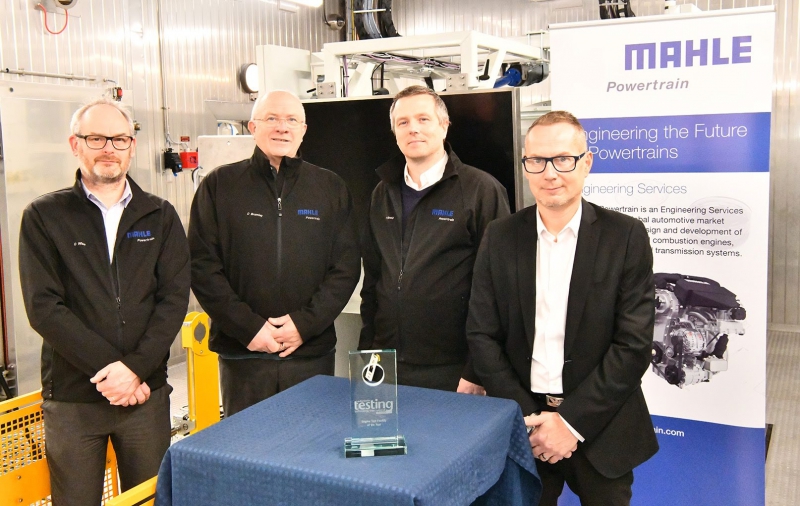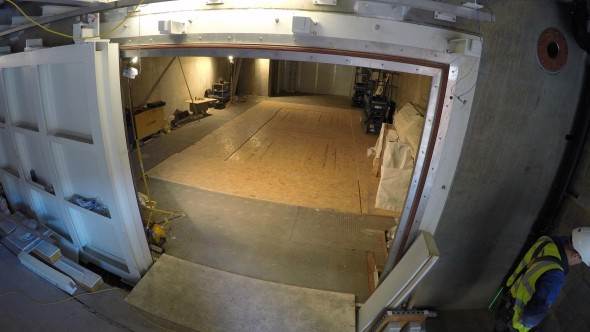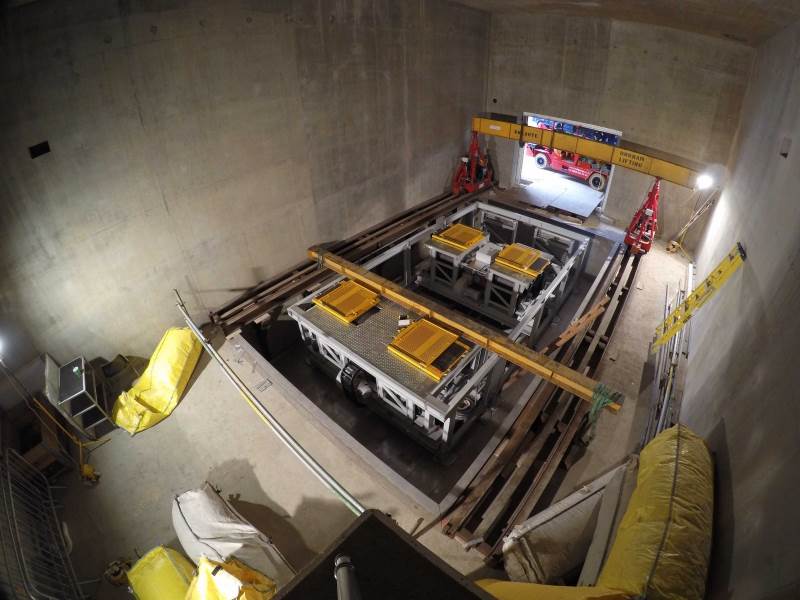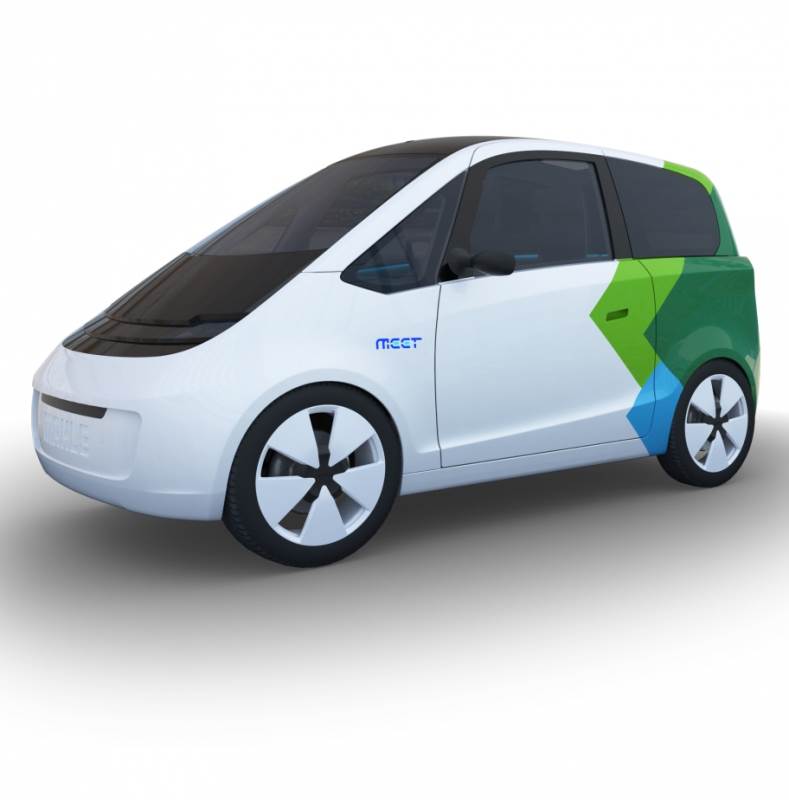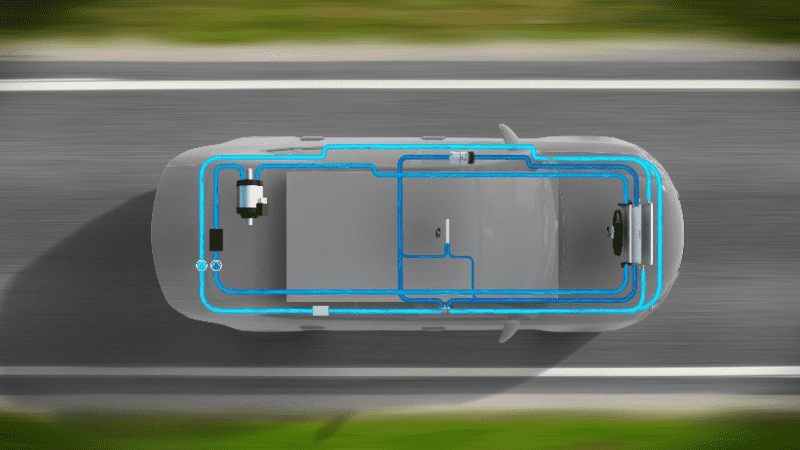- Contact 0870 350 7767
- |
- Advertise
Optimization of the combustion engine reduces CO2 emissions by up to six percent
 News and PR from MAHLE Powertrain Ltd - Published 30 August 2017
MAHLE proves its holistic systems competence by further tapping the potential of the internal combustion engine.
News and PR from MAHLE Powertrain Ltd - Published 30 August 2017
MAHLE proves its holistic systems competence by further tapping the potential of the internal combustion engine.◾Less CO2, lower emissionsÂthe optimization of the combustion engine benefits footprint and actual operation
◾Sustainable impact: improved economic efficiency and carbon footprint thanks to lower particulate emissions
The combustion engine has already developed into a highly efficient and clean drive, especially in the past few years. As a result of this development, the complete system, comprising the powertrain and its peripherals, has become substantially more complex. Therefore, in order to achieve greater efficiency and lower emissions in this system, more and more interactions and relationships need to be taken into account. In many cases, inherently contradictory problems have to be overcome. Thanks to its comprehensive systems expertise, MAHLE has developed technologies that sustainably reduce consumption and emissions.
Reducing frictionÂless CO2 in every driving situation
Like waste heat, friction adversely impacts the performance of combustion engines. A decrease in friction has a noticeable effect at every operating point and in every driving situation, i.e., a drop
in fuel consumption. The heart of the engine, the power cell unit (PCU) from MAHLE consisting of piston, piston rings, and piston pin, achieves a direct decrease in friction thanks to optimized clearance design, low-friction surfaces, and a decrease in friction contact surfaces. An increase in specific output with no change to the basic geometric dimensions leads to an improvement in specific frictional loss. However, this requires the PCU components to have a more robust design. The latter consideration conflicts directly with the requirement for low component weight, which also contributes to efficiency. A key element of piston development is therefore topography analysis, which is used to determine at which points less material can be used without jeopardizing robustness. With the direct friction reduction in the PCU, MAHLE can reduce CO2 emissions by up to 2.5 percent (WLTC). At the same time, MAHLE has designed the new engine components to allow the use of low-viscosity oils and reduce the load on the oil circuit as the pistons require less cooling oil. As a result, the oil pump can be controlled on demand at every operating point. This saves additional fuel, particularly under real operating conditions. Overall, this results in up to six percent less CO2 emissions.
For further information, contact:
MAHLE GmbH
Ruben Danisch
[email protected]
Other announcements from MAHLE Powertrain Ltd
-
Engine Test Facility Of The Year
MAHLE Powertrain's Real Driving Emissions Centre in Northampton, UK is winner of the 2018 Automotive Testing Technology International Awards.
18 Jun 2019
-
MAHLE Powertrains RDE Centre takes another step towards completion
MAHLE Powertrain has completed a vital pressure test which sees its new RDE Centre take a huge leap to becoming fully operational, offering the UK never-before-seen emissions testing capability.
19 Mar 2018
-
UKs first Real Driving Emissions Centre gathers pace
The next stage in the development of the UKs first Real Driving Emissions Centre (RDEC) is complete, after MAHLE Powertrain took delivery of a new four-wheel drive chassis dynamometer.
31 Jan 2018
-
Faurecia and MAHLE to collaborate on technologies for thermal management
MAHLE and Faurecia, both leading global automotive systems suppliers, will collaborate for the development of innovative interior thermal management technologies for future mobility solutions.
01 Nov 2017
-
MAHLE honors its best suppliers
Seven award winners were recognized for their outstanding achievements in six categories.
01 Nov 2017
-
MAHLE at IAA Cars 2017: Product highlights
Clean air, energy efficiency, driving pleasure: these are the issues that MAHLE is committed to in its product developments.
23 Sep 2017
-
MAHLE acquires share of diagnostics specialist Brain Bee
The MAHLE Group has agreed on a strategic minority participation in Brain Bee, a manufacturer of automotive workshop equipment. MAHLE acquires a 20-percent participation in Brain Bee.
22 Sep 2017
-
Urban mobility: The MAHLE 48-volt vehicle concept MEET
In a world debut, MAHLE presents the vehicle concept 'MEET' (MAHLE Efficient Electric Transport) to the public at IAA Cars in Frankfurt/Germany.
11 Sep 2017
-
MAHLE Powertrain boosts jobs with emissions test centre funding
MAHLE Powertrain has been awarded £2.1m towards the construction of a state-of-the-art climatic vehicle emissions test centre at its UK base in Northampton.
30 Aug 2017
-
Balancing heat and cold for improved cruising range in electric vehicles
E-mobility will be a key component of CO2-neutral individual transportation over the long term. MAHLE aims to be one of the innovation drivers in this field too.
30 Aug 2017




